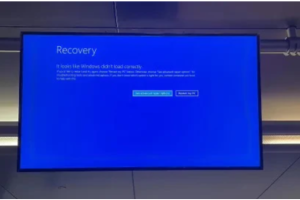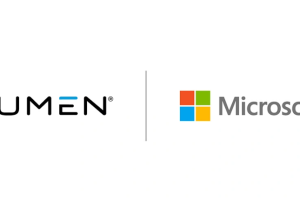August 14, 2023 – In a recent development, Intel’s dedicated team of open-source Linux engineers is diligently working to integrate support for the DisplayPort 2.1 specification into the Linux ecosystem.
Friday witnessed a significant stride in this endeavor as Intel engineers submitted a series of Linux kernel patches designed to enable the cable recognition process. These patches are crucial for facilitating the support of DisplayPort Alternate Mode 2.1 through the USB-C interface. Furthermore, notable changes were observed in the Chrome cros_ec_typec driver code, hinting at Intel’s focused interest in extending DP Alt Mode 2.1 support to their driver for Chromebooks.
The DisplayPort Alternate Mode 2.1 specification mandates that the Type-C driver configures additional cable details related to signaling, UHBR13.5, cable type, and DPAM version reporting.

The current series of patches outline the efforts to bring DisplayPort Alt Mode 2.1 support to Linux. However, the code is currently undergoing review and has not been merged yet.
A deeper exploration reveals that DisplayPort 2.1 bolsters its alignment with the USB Type-C specification and the USB4 PHY specification. This alignment is intended to enhance the compatibility and versatility of the DisplayPort and USB4 services provided through a common PHY.
Moreover, DisplayPort 2.1 introduces novel bandwidth management capabilities, enabling the DisplayPort tunnel to coexist more efficiently with other I/O data streams over USB4 links.
DisplayPort 2.1 also brings updates to the DisplayPort cable specification, enhancing the robustness and capabilities of both full-size and Mini DisplayPort cable configurations. This enhancement not only improves connectivity but also extends cable lengths without compromising UHBR performance. Notably, VESA-certified DP40 cables support a maximum UHBR10 link rate of 10 Gbps across four channels, providing a total throughput of up to 40 Gbps. Meanwhile, VESA-certified DP80 cables support a maximum UHBR20 link rate of 20 Gbps across four channels, achieving a remarkable throughput of 80 Gbps.












